Introduction
Environmental assessment plays a crucial role in ensuring that proposed projects and actions are carefully evaluated for their potential impacts on the environment. This systematic process not only helps to predict and mitigate adverse effects but also fosters transparency and community involvement. As the demand for sustainable development grows, understanding the fundamental concepts, methodologies, and legal frameworks surrounding environmental assessments becomes increasingly important.
This article delves into the key elements of environmental assessment, practical approaches, stakeholder engagement strategies, and the influence of emerging technologies, while also exploring future trends that are shaping this vital field. By examining these aspects, practitioners can enhance their effectiveness in conducting assessments and contribute to more informed decision-making for a sustainable future.
Fundamentals of Environmental Assessment: Key Concepts and Definitions
Environmental assessment (EA) refers to the systematic evaluation of potential ecological impacts of proposed initiatives or activities before they are executed. Key concepts include:
- Impact Assessment: The process of predicting and evaluating the effects of a project on the environment.
- Baseline Conditions: The current ecological conditions that serve as a reference point for evaluating impacts.
- Mitigation Measures: Strategies developed to reduce, avoid, or compensate for negative ecological effects.
- Public Participation: Involvement of stakeholders in the evaluation to ensure transparency and address community concerns.
- Regulatory Framework: The collection of laws and guidelines overseeing the evaluation procedure, which differs by jurisdiction and project type.
Grasping these basics is crucial for practitioners to efficiently carry out evaluations and convey results to stakeholders.
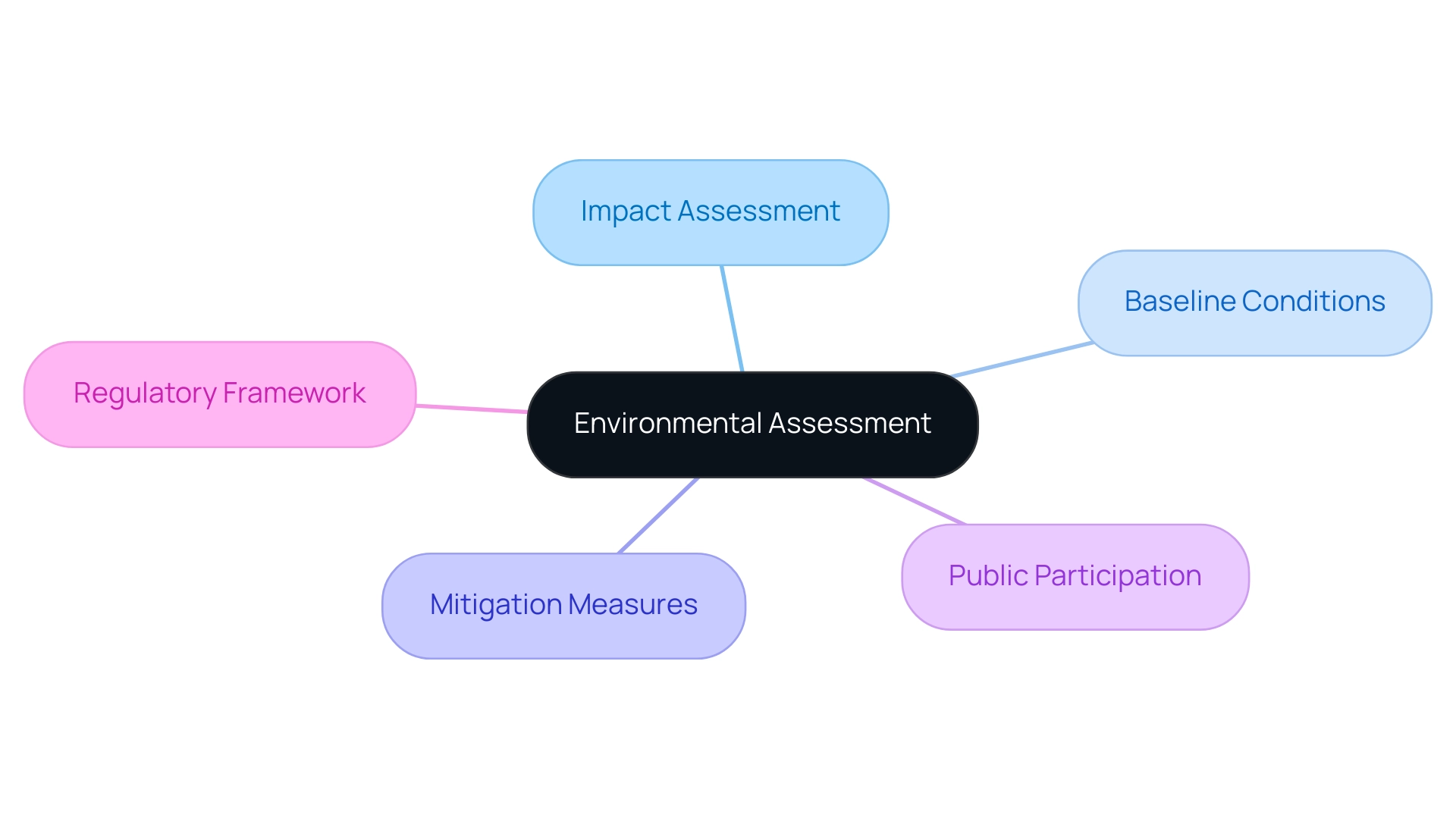
Practical Approaches to Environmental Assessment: Methodologies and Case Studies
Practical approaches to ecological assessment can include a variety of methodologies, such as:
- Strategic Environmental Assessment (SEA): A systematic process for evaluating the effects on nature of proposed policies and plans.
- Ecological Impact Evaluation (EIE): A more detailed analysis concentrated on specific initiatives, assessing potential ecological effects and proposing mitigation strategies.
- Life Cycle Assessment (LCA): A method for evaluating the impacts on nature associated with all stages of a product's life, from raw material extraction through production, use, and disposal.
Case Studies:
- Solar Farm Development: An EIA conducted for a solar farm revealed potential impacts on local wildlife, which led to the implementation of protective measures, such as habitat restoration.
- Hydroelectric Project: A SEA was utilized to evaluate the cumulative impacts on nature of multiple hydroelectric projects in a river basin, resulting in improved water management policies.
These methodologies and case studies highlight the importance of a structured approach to evaluations, demonstrating how they can lead to informed decision-making and sustainable development practices.
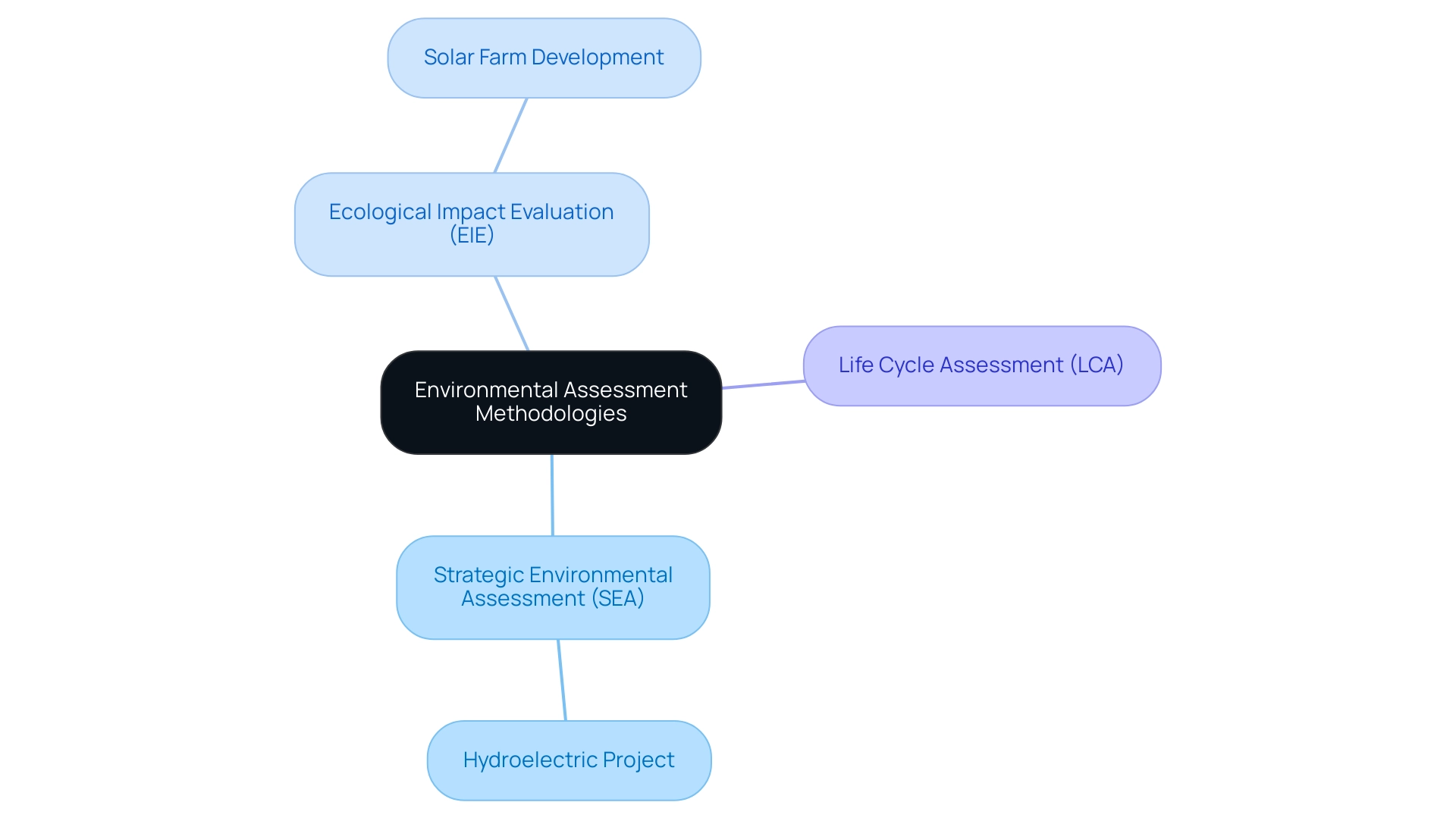
Legal and Regulatory Considerations in Environmental Assessment
The legal and regulatory structure for ecological evaluations differs by nation and area, but generally encompasses:
- National Environmental Policy Act (NEPA) (U.S.): Requires federal agencies to evaluate the effects of their proposed actions before making decisions.
- European Union Ecological Impact Evaluation Directive: Requires ecological evaluations for specific public and private initiatives across EU member nations.
- State and Local Regulations: Extra rules may apply based on the site, requiring knowledge of local environmental laws.
Practitioners must become acquainted with these regulations to guarantee that their evaluations satisfy all legal criteria and that they interact with the essential stakeholders during the course.
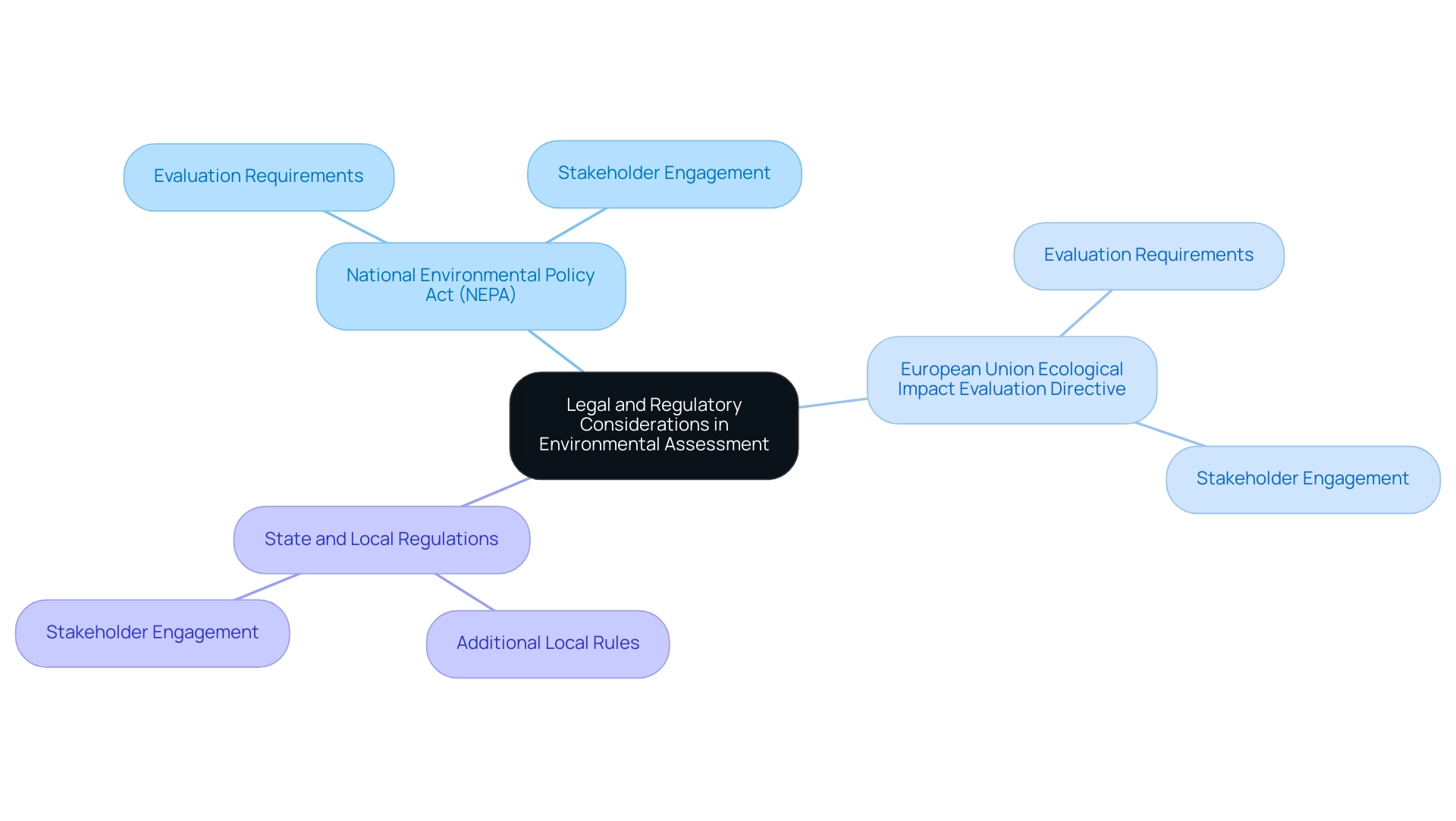
Stakeholder Engagement in Environmental Assessment
Stakeholder engagement entails recognizing and interacting with parties impacted by or interested in an initiative. Key strategies include:
- Early Involvement: Engaging stakeholders early in the evaluation to gather input and address concerns proactively.
- Public Meetings: Organizing meetings or workshops to discuss details and receive feedback from community members.
- Transparent Communication: Offering clear and accessible information regarding the evaluation methods and outcomes to stakeholders.
- Continuous Engagement: Keeping a consistent channel of communication during the project lifecycle to establish trust and promote collaboration.
Effective stakeholder involvement can lead to improved project results and enhance the credibility of the evaluation process.
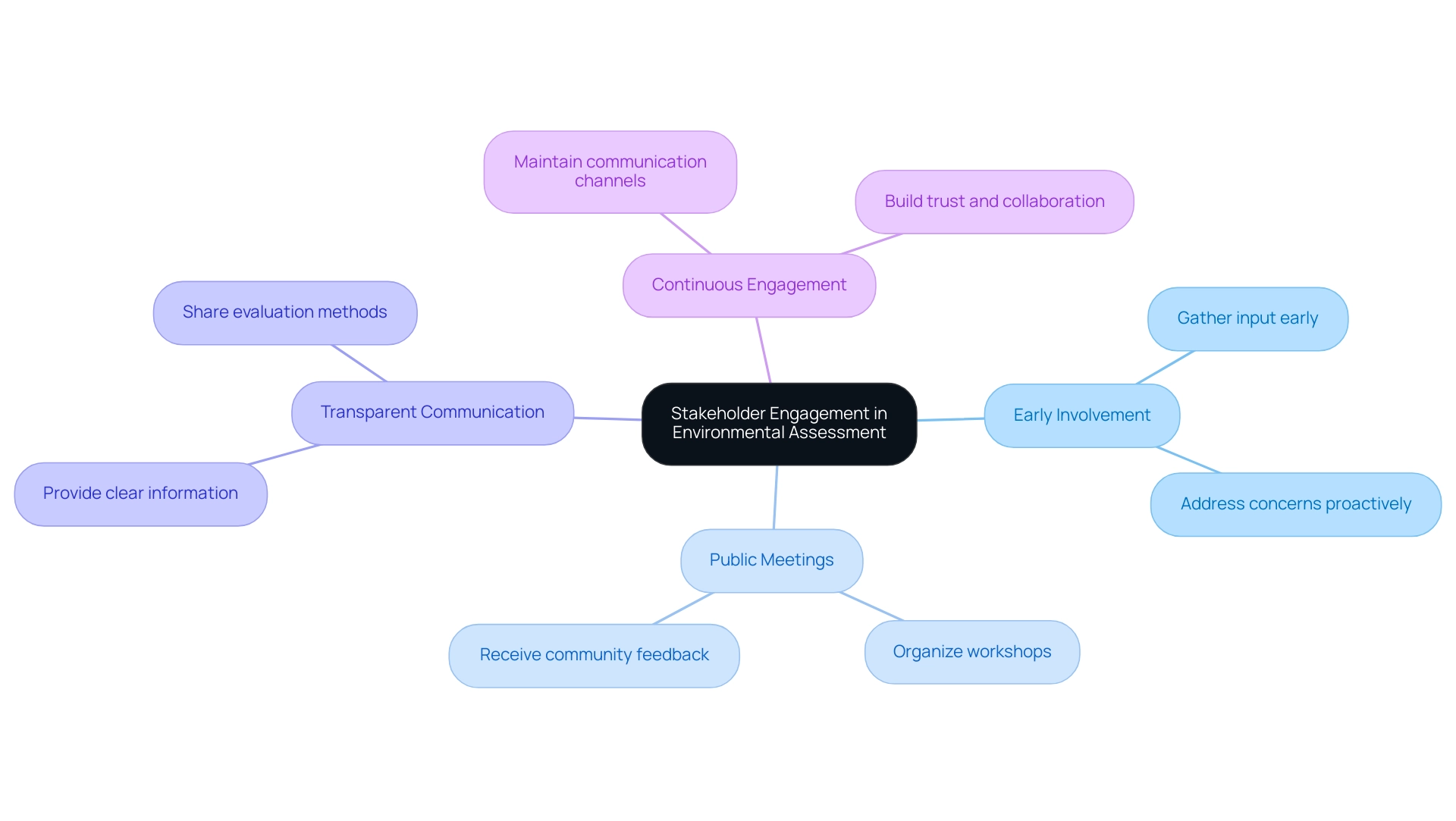
Technology and Innovation in Environmental Assessment
Emerging technologies are changing the ecological evaluation landscape, including:
- GIS Mapping: Geographic Information Systems (GIS) enable spatial analysis and visualization of ecological data, assisting in impact evaluations and planning.
- Remote Sensing: Utilizing satellite imagery and aerial surveys to gather data on land use, vegetation, and habitat conditions without extensive fieldwork.
- AI-Powered Tools: Artificial intelligence can automate data analysis, enhance predictive modeling, and streamline title research, improving efficiency in assessments.
- Data Management Software: Sophisticated software applications for handling and processing extensive datasets can result in improved decision-making and reporting.
By embracing these technologies, practitioners can enhance the precision and effectiveness of their evaluations, ensuring more dependable results.
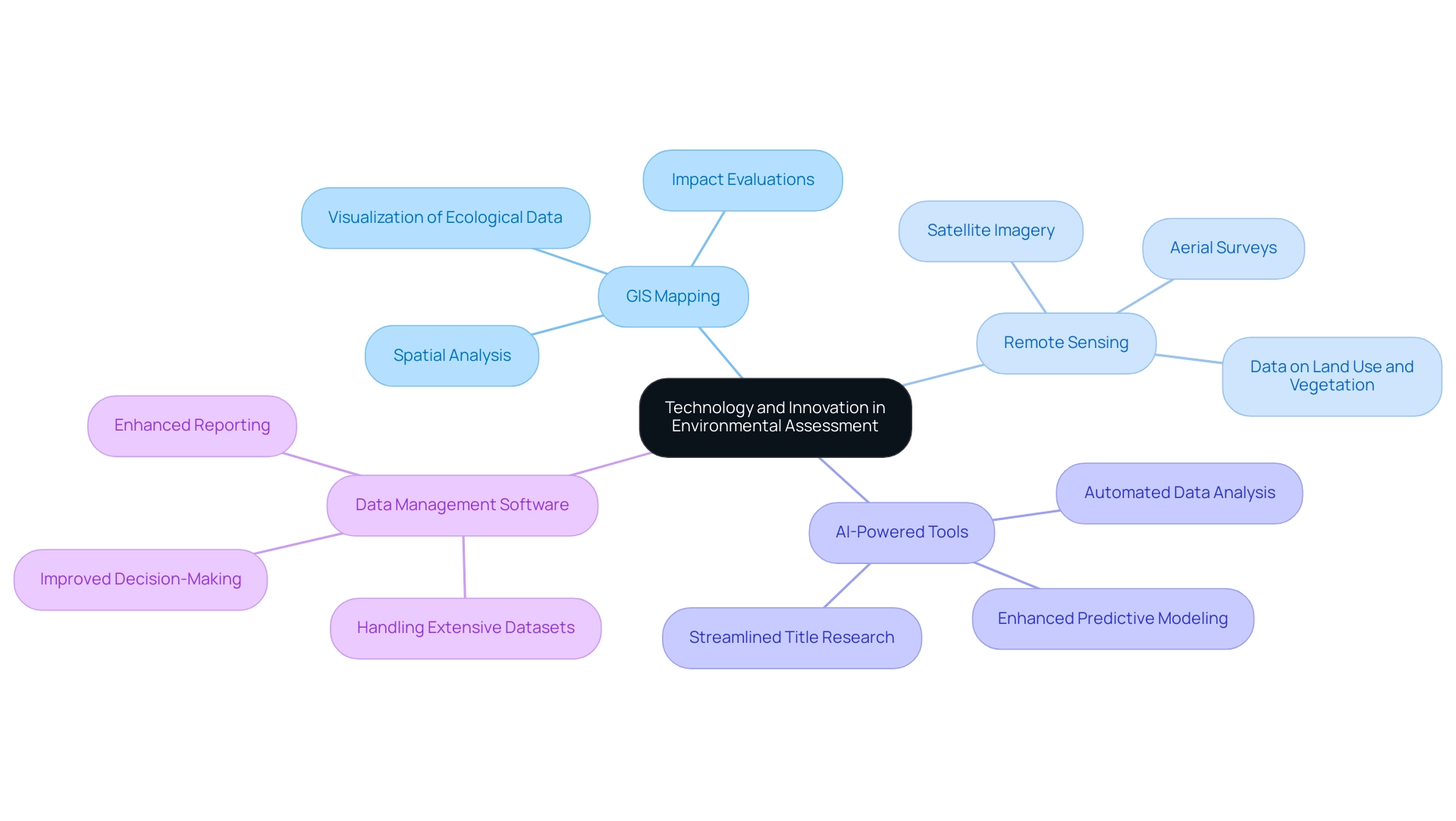
Future Trends in Environmental Assessment
Key trends influencing the future of ecological evaluation include:
- Increased Regulatory Scrutiny: Growing emphasis on adherence to ecological regulations, resulting in stricter evaluations and reporting requirements.
- Sustainability Considerations: A shift towards incorporating sustainability principles into evaluations, emphasizing long-term environmental health and resource conservation.
- Public Involvement: Increasing expectations for public participation in the evaluation process, with stakeholders demanding greater transparency and engagement.
- Technological Advancements: Continued evolution of technology and data analytics, leading to more sophisticated assessment tools and methodologies.
Practitioners should stay informed about these trends to effectively adapt their practices and meet the demands of a changing landscape.
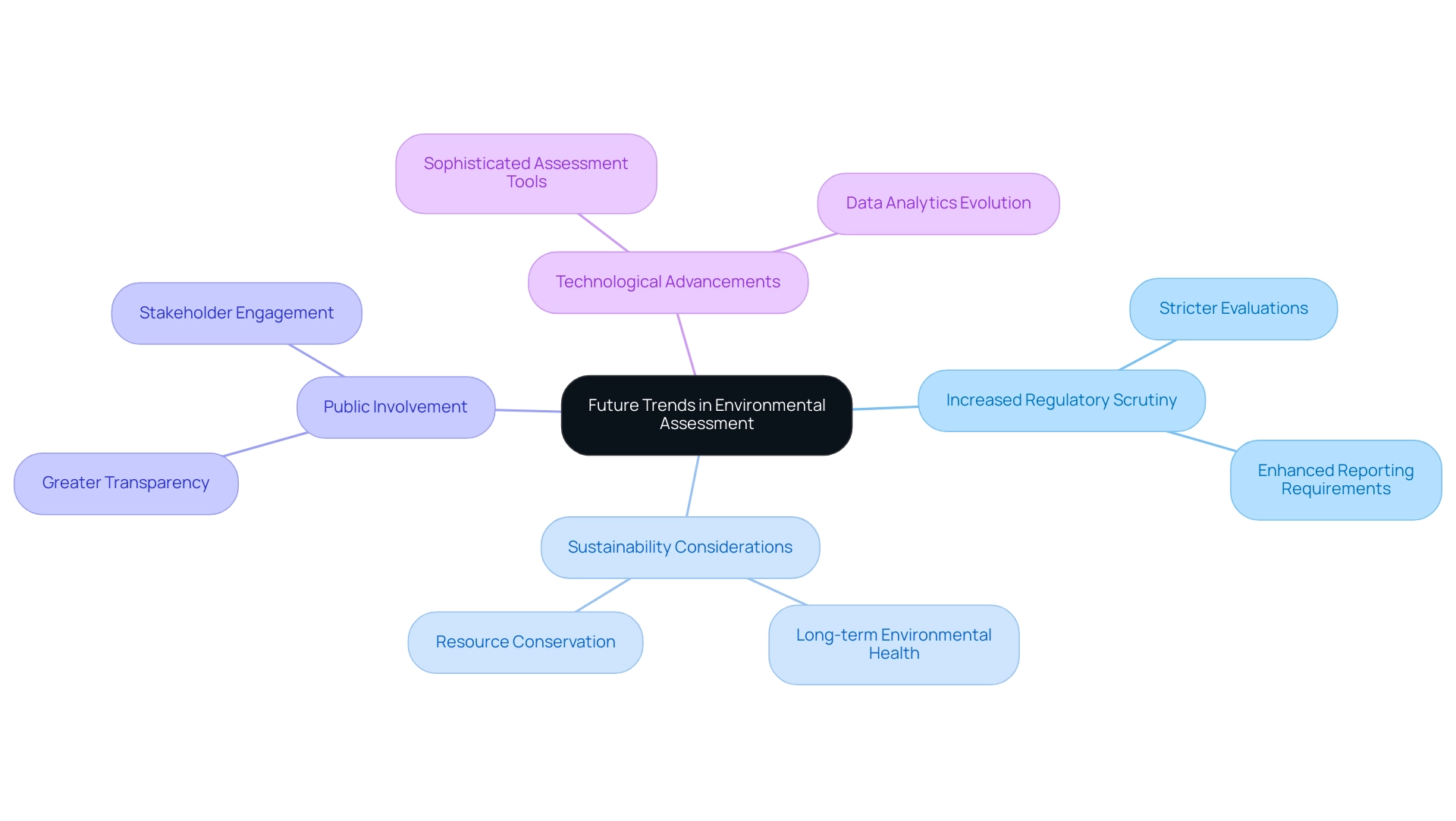
Conclusion
Environmental assessment is a vital process that ensures proposed projects and actions are thoroughly evaluated for their potential environmental impacts. By understanding the fundamental concepts such as impact assessment, baseline conditions, and mitigation measures, practitioners can effectively communicate findings and engage stakeholders. The methodologies discussed, including Strategic Environmental Assessment (SEA) and Environmental Impact Assessment (EIA), highlight the structured approaches that lead to informed decision-making and sustainable development.
Legal and regulatory frameworks play a crucial role in guiding environmental assessments, with regulations varying by jurisdiction. Familiarity with these laws, such as the National Environmental Policy Act (NEPA) in the United States and the EU Environmental Impact Assessment Directive, is essential for compliance and stakeholder engagement. Additionally, effective stakeholder engagement strategies, including early involvement and transparent communication, can enhance project outcomes and foster collaboration.
Emerging technologies such as GIS mapping, remote sensing, and AI-powered tools are revolutionizing the environmental assessment landscape, improving accuracy and efficiency. As the field evolves, key trends such as increased regulatory scrutiny, a focus on sustainability, and rising expectations for public involvement will shape future practices.
In conclusion, the importance of environmental assessment cannot be overstated. By embracing fundamental concepts, methodologies, and innovative technologies, practitioners can contribute to responsible decision-making and uphold the principles of sustainable development. As the demand for transparency and community involvement grows, staying informed about trends and best practices will be essential for ensuring that environmental assessments continue to meet the challenges of a changing world.




